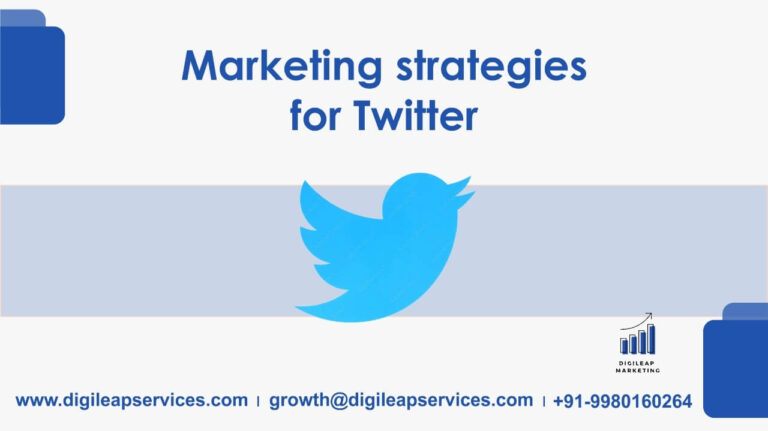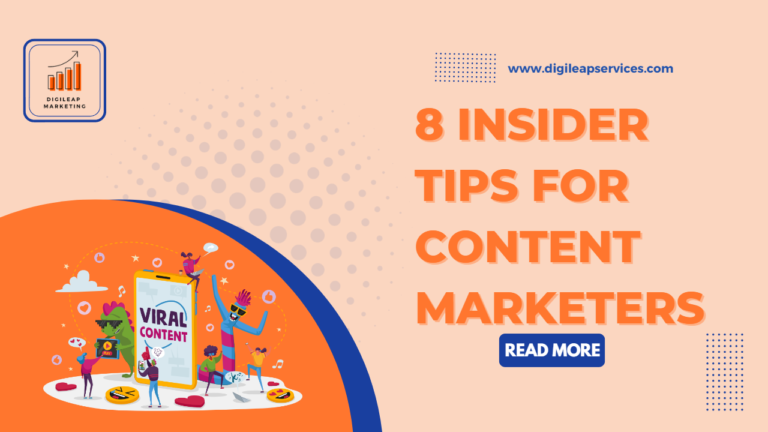Optimizing Landing Pages for Higher Conversion Rates
Improved web page design and layout are part of the process known as “landing pages optimization,” which seeks to raise conversions, improve the user experience (UX), and increase the number of repeat customers.
A landing page that has been optimized for conversions makes sure that the placement and arrangement of page elements compel visitors to interact and buy. To begin optimizing landing pages, use the advice provided here.
Boost the speed at which your page loads.
The speed at which a website load makes a significant difference. In fact, a 1-second delay in the time it takes for a page to load might cause a 7% drop in conversions.
Your landing pages may become slow for a number of reasons. The most frequent issue is overly large photos. In a study of 18,639 landing pages, pages without huge images had an average conversion rate of 11.4% as opposed to sites with oversized images, which had a rate of 9.8%.
Concentrate on just one CTA.
One clear call to action that directs visitors to take the next step should be present on each landing page. Confusion among visitors caused by competing CTAs leads to a decrease in leads. According to research, landing pages with one link had a conversion rate of 13.5% on average, while those with two to four links had a conversion rate of 11.9%. Conversion rates decreased to 10.5% for connections with five or more.
Give pages of actual proof of their worth.
When making important purchasing decisions, we frequently consult with our peers. People tend to favor items that are well-liked by other people, which is known as social proof. Customer reviews, case studies, and social sharing buttons are some important examples of social evidence. Social proof is frequently the primary motivator for visitors to a landing page to subscribe to a service or make a transaction.
Social proof is frequently the key element that convinces website visitors to subscribe to a service or make a purchase when they land on a landing page. According to research, copy on sites with social proof converts on average at 12.5%, compared to 11.4% for a copy on pages without social proof.
Create a visually appealing landing page.
The majority of users make their decisions about whether or not to stay on a page in a few of seconds. It’s crucial to include visual elements into your landing pages in order to give them life. Videos on landing pages have been shown to boost conversions by 86%, according to research.
To make your landing pages more visually appealing, remember to spice them up, but don’t go excessive.
Make the landing page mobile-friendly.
Currently, mobile users access the internet for more than twice as long as desktop users. As a result, you will probably lose out on a sizable amount of visitors if your landing pages aren’t mobile-friendly. According to data, mobile-friendly landing pages have an average conversion rate of roughly 11.7%, compared to 10.7% for pages that are only available on desktop. Think about how consumers engage with your site differently on mobile versus desktop in addition to making your landing pages responsive. Shorter, simpler sign-up forms with several choices that are simple to complete on a mobile device should be included on mobile pages.
On your landing page, cut down on the text.
Instead of reading through pages in full, most web users scan them. Because of this, landing pages with a lot of words on them typically convert at a lower rate. Take into account these figures:
- Landing pages with less copy often convert at a rate of 14% as opposed to landing pages with too much copy, which converts at a rate of 11%.
- When compared to landing pages with more than 500 words, those in the business services sector with less than 100 words convert 50% more effectively.
- Due to this, it is advised to limit your word count and limit your text to what is absolutely necessary. Don’t forget to take text formatting into mind. To break up lengthy paragraphs of text, use headers, space, and bullets.
Be sure to address the targeting audience
The messaging must be highly particular, highly customised, and appeal to the wants and interests of the buyer today. A landing page won’t convert at a high rate no matter how attractive it is if visitors find it uninteresting. If you have multiple landing pages for each campaign, buyer profile, or channel, make sure the content is tailored to each one. Take into account what each of your landing pages are used for. Use a different landing page for each demographic, for instance, if you are marketing a top CRM software to sales reps and marketers. You will be able to discuss the various features, perks, and pain points that affect that specific visitor in this way.
Test repeatedly.
As we’ve already said, every little thing about your landing pages can affect how many people convert. In order to determine what is and is not working, it is crucial to test your landing pages as frequently as possible. Take into account the following data on the advantages of regular testing:
- Companies who run tests 50% more frequently on average and employ 47% more ways to increase conversions saw their conversion rates increase last year.
- Businesses that employ nine or more different methods for optimization are most likely to see improved conversion rates and higher levels of customer satisfaction.
- Conversion rates have improved for 82% of businesses using an organized approach to conversion rate optimization.
The list above is by no means all the mistakes that can harm your landing pages. But we do hope that by identifying these frequent issues, you may find a few ways to enhance your own landing pages. Even though low conversion rates can be discouraging, you can immediately improve things by making a few modest modifications.












